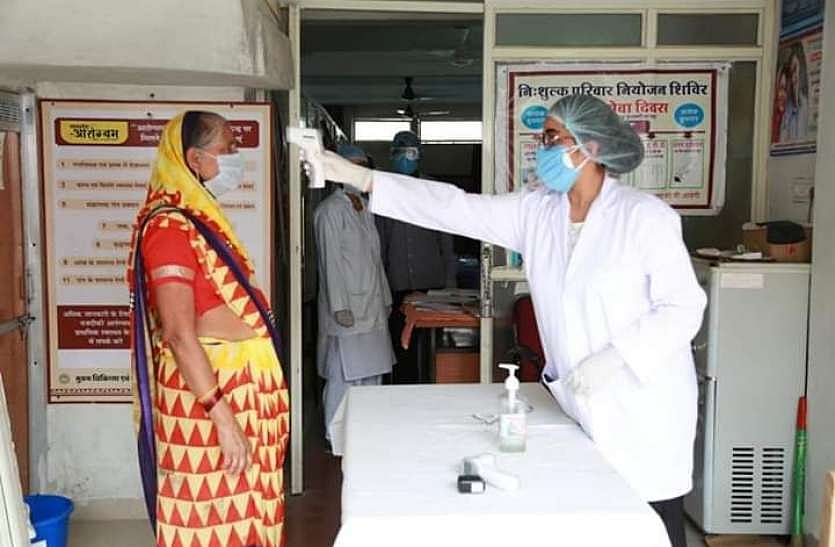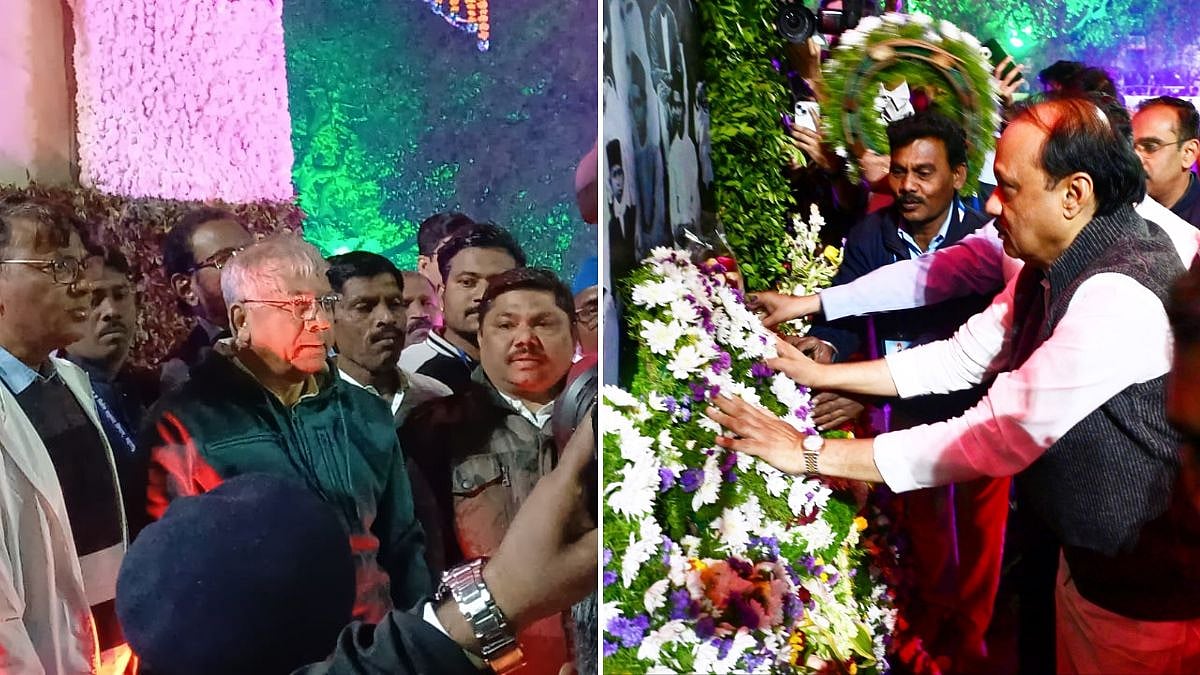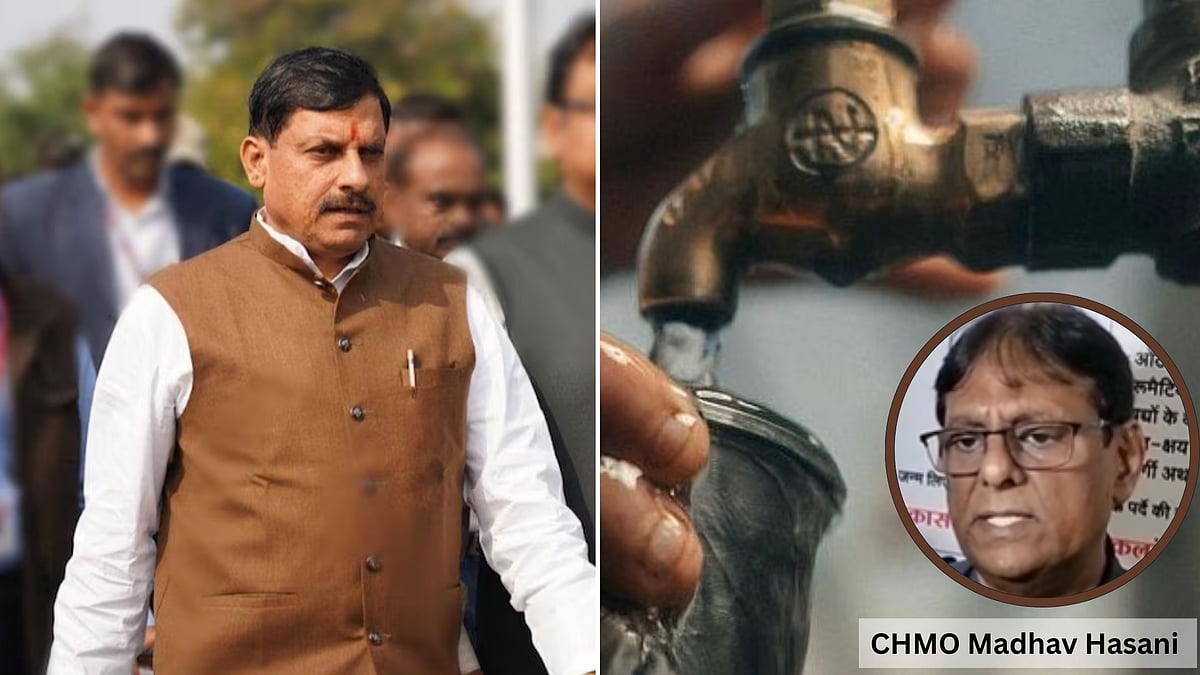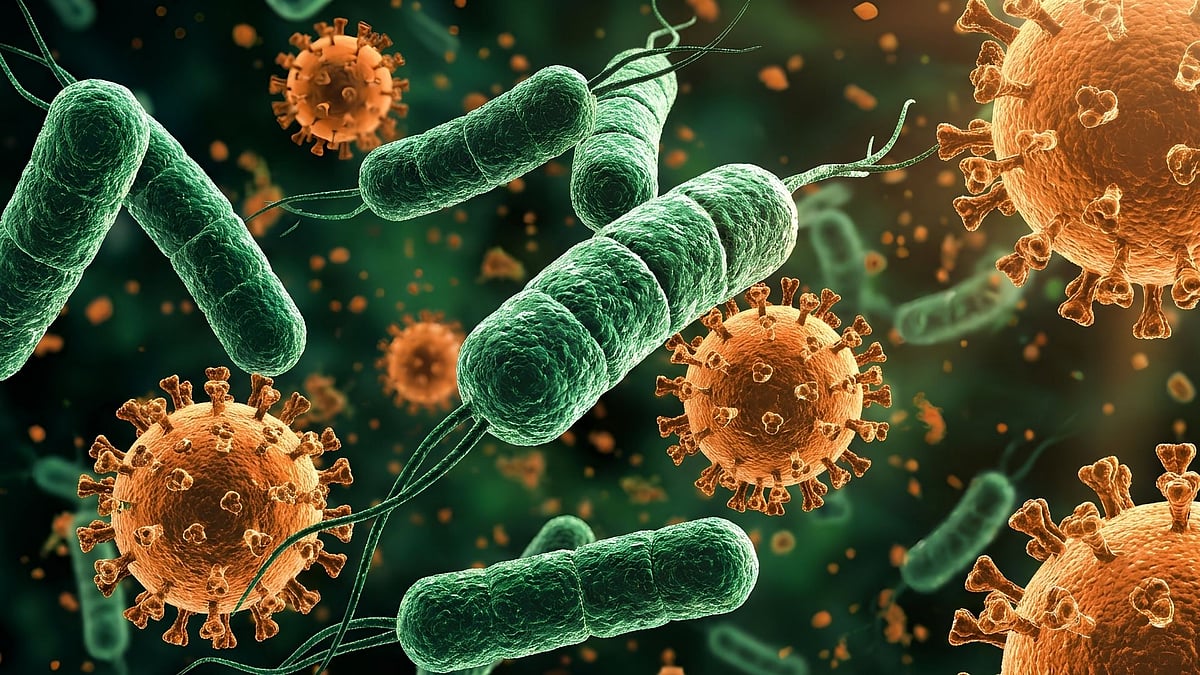India has witnessed a spurt of febrile illnesses– diseases that present with fever, as a significant threat to health security in recent years. Many of these upsurges have been due to known infections, especially vector-borne diseases like Malaria, Dengue, Chikungunya, and Japanese Encephalitis. The others were from rare conditions and have often been named “mysterious disease/ fever” by the public and media.
India’s Integrated Disease Surveillance Program has been swift to react to the reports of fever outbreaks. In addition, specific disease control programs, like the National Vector Borne Disease Control Programme, also initiate intensified control and mitigation measures following the information of any sporadic and seasonal upsurges of vector-borne diseases. However, the success of the response measures depends on timeliness, accuracy, and interpretation of surveillance information. At the implementation level, surveillance primarily depends on the local recognition and reporting of a febrile illness and the availability of testing kits at the point of care.
In India’s most remote and marginalized settings, both recognition and timely testing are complex due to the limited understanding of the service providers, the faith of local neighborhoods in unskilled practitioners, and unavailability of testing kits, especially during the bad weather and heavy rainfall in monsoon.
Following the emergence of the COVID19 pandemic, the situation has worsened as the attention of the health service providers and the community has unequivocally shifted towards COVID19. The National Vector Borne Disease Control Programme reported a reduction in malaria testing by over 30 percent last year. At the same time, the pandemic has forced the reprogramming of many service areas, impacting health systems, services, and resources at all levels.
The interpretation of surveillance information can be optimized with modern analytics and visualization tools and technologies, often unavailable. In addition, the reporting formats across sectors and programs are also not uniform, making data integration difficult. India launched the Integrated Health Information Portal with the expectation of heavy lifting many of these tasks. However, the platform is yet to be universally operationalized, and there is an opportunity to enhance further the backend analytics and the frontend visualization of the surveillance information. More importantly, climate information is yet to be integrated despite climate being the primary determinant of spread for many infections.
At this outset, India must focus on three areas to mitigate the impact of COVID19 and at the same time adapt some of the advancements that have proven impact in COVID19. Firstly, there is an urgent need to prioritize the allocation of health resources based on cost-effectiveness, opportunity cost, and return on investments. The lowhanging fruits should be identified and targeted first based on past experiences and instances from the neighboring countries.
Malaria is one such disease that has been eliminated from about 40 countries over the past two decades. With India’s recent progress against malaria, the momentum is set to achieve zero malaria cases in the next five years. Secondly, India must focus on a transformational change in disease surveillance, using advanced epidemiological strategies like integrated syndromic surveillance, forecasting, and case tracking.
The role of modern technologies that have matured in recent years and more so during the pandemic, like ultrasensitive tests, multimodal devices, and the use of artificial intelligence, and improved data communication (e.g., Dashboards, Intellibots, etc.), must be assessed to accelerate this process. Some of the recent guidelines, policies, and initiatives must be leveraged to make progress on this front– the guideline for the management of coinfections of COVID19 by the Emergency Medical Relief (EMR) Division of the Indian Government, NITI Aayog’s Vision 2035 of integrated public health surveillance, and the most recent Ayushman Bharat Digital Mission.
Thirdly, India must integrate climate information with disease surveillance. Many epidemic-prone diseases, including vector-borne diseases, seasonal influenza, Nipah virus infections, and others, are climate-sensitive. The relationship of the effect of climate on the transmission of these diseases is wellestablished, and in many instances, proven research models already exist. The research knowledge and evidence must be translated into practice urgently to ensure timely preparation and response against climate-sensitive outbreak-prone infections.
With the current focus of the Indian government on climate response following its commitment to the Paris Agreement and the launch of the National Program on Climate Change and Human Health, the opportunity to use climate information on top integrated surveillance will help India switch gear against the epidemic-prone diseases and bring a transformational change by introducing proactive response through early warnings. India has a robust federal structure, and several recent initiatives like the Ayushman Bharat, POSHAN Mission, National Digital Health Mission are transformative in terms of intersectorality and the use of technology. Moreover, the Health Index of the NITI Aayog provides the opportunity for a robust monitoring framework, especially in the most marginalized settings. As a result, India’s disease control programs now have the opportunity to leverage this reformed environment to shift gear using the approaches mentioned above.
(Dr. Rajiv Tandon, MD (Paediatrics), FIAP, FNNF, FIAPSM is Director – Health RTI International India; Dr Kaushik Sarkar is Director, Global Center for Malaria & Climate Solutions)









